Society, in general, portrays turkey vultures and vultures in general, as dirty, evil, harbingers of death. In reality, these scavenging birds are actually very important for the health and success of an ecosystem.
By feeding on carrion, vultures help prevent the spread of deadly diseases. These special birds are incredibly misunderstood, and we should respect them for their importance. Read on to learn about the assigned animal.
Description of the Turkey Vulture
Like many vultures, this species lacks feathers on their heads. Their bald heads (truly bald, not “bald eagle” bald) are quite small in comparison to the rest of their bodies.
With a wingspan up to six feet across, it’s no wonder their head looks small! Most of their feathers are dark brown, but portions of the underside of their wings are silver/grey in color. This coloration starkly contrasts with the bright red/pink colored heads.
Interesting Facts About the Turkey Vulture
These birds are actually incredibly interesting creatures. Not only are they important to both our health and the ecosystems they live in, but they have a number of odd traits as well!
- Propelling Puke – It is best if you observe these scavengers from afar. If harassed, turkey vultures can projectile vomit to deter a potential danger or predator. Even young chicks can use this defense mechanism! When we say “afar,” we mean afar – these vultures can shoot their vomit up to ten feet away!
- No Nest – Shooting vomit is just one way that turkey vulture chicks protect themselves from predators. Another great way to avoid being eaten is to be really hard to get to. Vultures lay their eggs on the bare ground, but they choose bare ground in hard to reach caves and abandoned buildings. This helps keep their young out of predators’ reach.
- Cooling Crap – Another very odd survival trait, vultures poop on their own legs and feet. This is actually an incredibly effective way for them to cool off in hot temperatures. The liquid poop evaporates as it dries, reducing the vulture’s body temperature.
- Disease Destroyers – Before you write off vultures as disgusting oddities, hear out our last fun fact. Dead animals are a breeding ground for infectious disease, including those that can pass to humans. Vultures, all species, not just turkey vultures, have strong acid in their stomachs that destroys these toxins. By eating carrion, vultures prevent the spread of rabies, botulism, anthrax, cholera, and more.
Habitat of the Turkey Vulture
This species is extremely widespread and abundant. Because of this, you can likely see them in an immense amount of habitats and ecosystems, virtually anything they can easily fly to within their range.
Some areas that these birds frequent include grasslands, foothills, deserts, wetlands, swamps, subtropical forest, prairies, shrublands, and more. While they will live in forested areas, they tend to avoid dense vegetation. These birds will also frequent urban areas, especially busy roads that offer lots of road kill.
Distribution of the Turkey Vulture
These birds are one of the most widespread vultures in the Americas. Individuals flourish throughout North America, Central America, and South America. Their range spreads from southern Canada all the way through North and Central America, into Chile. Scientists believe their population is around 4.5 million animals.
Diet of the Turkey Vulture
Turkey vultures are both picky, and not picky. While they will feed on a huge variety of creatures, they almost always feed on carrion. Carrion is an animal that has already died and begun to decay. Despite popular culture, vultures prefer fresher carcasses to heavily decayed items.
It is extremely rare for a vulture to kill prey itself. When searching for food, the will fly low and use their strong sense of smell to detect ethyl mercaptan, a gas produced early in the decay process. On rare occasions, they eat vegetation, coconut, pumpkin, insects, and fruits.
Turkey Vulture and Human Interaction
Because these birds are so widespread, it is inevitable that they will cross paths with humans. Many farmers incorrectly believe that this species spreads livestock disease, or kills newborn animals.
Thankfully, the Migratory Bird Treaty Act of 1918 protects this species. This means it is illegal to disturb, harm, or kill them, though this still occasionally happens. Despite negative human interaction, the IUCN Red List labels the species as Least Concern.
Domestication
Humans have not domesticated turkey vultures in any way.
Does the Turkey Vulture Make a Good Pet
Even if they did not vomit at danger and poop on their own feet, you would not want to own a turkey vulture as a pet. Owning one as a pet is highly illegal, because they are a protected species.
Turkey Vulture Care
In a zoological setting, these birds make wonderful ambassadors to their species. So many people know very little about these birds that zoos are using non-releasable turkey vultures to teach people about all the good these birds do. In zoos, they have plenty of space to stretch their wings, and a number of different perching opportunities.
Many non-releasable birds cannot fly (or cannot fly well), so perches are usually low enough for them to easily access. Captive birds can eat fresh meat without any ill effects.
Behavior of the Turkey Vulture
While social, these birds are usually solitary while searching for food. They are diurnal, which means that they are most active during the day. At night, they come to a communal roost to sleep, and over 100 birds can sleep in a single roost.
During the day, the group splits up, and the birds search for food on their own. While feeding, a number of birds happen to group to a single large carcass, but this is not out of social desire to feed together.
Reproduction of the Turkey Vulture
Turkey vultures have odd courtship rituals. The birds will stand in a circle, and hop about with their wings spread in an attempt to impress a mate.
After mating, the female will lay two eggs on the bare ground of a cave, cliff, or similar structure. The female and the male will both incubate the eggs, which hatch after around a month. The chicks will learn how to fly, and begin searching for their own food at around three months old.


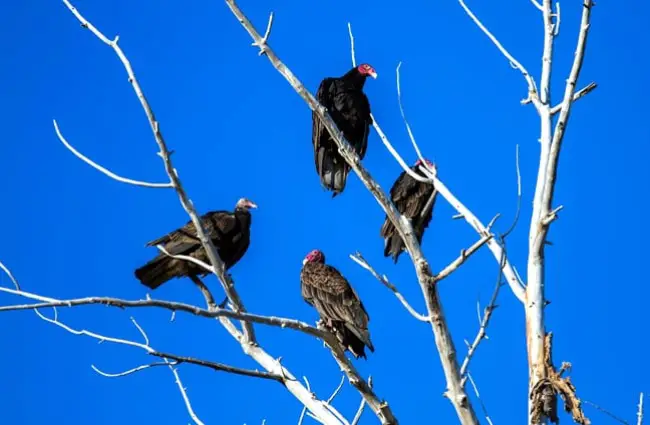


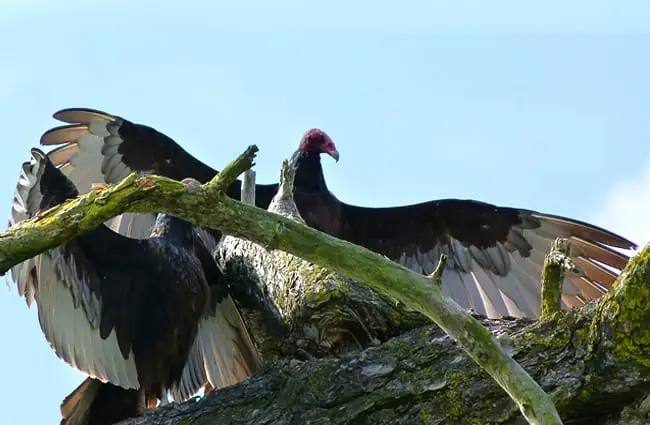
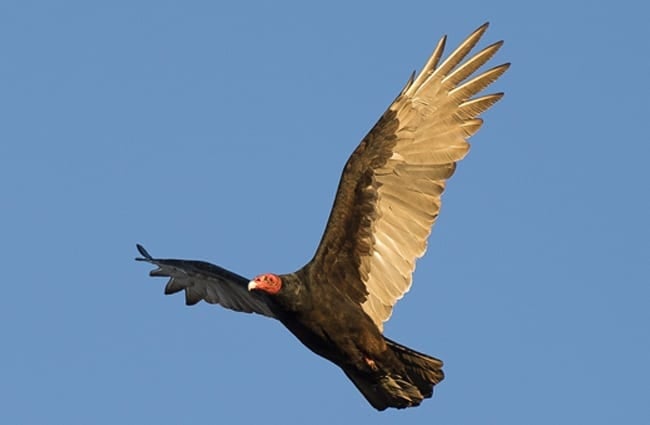
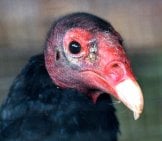
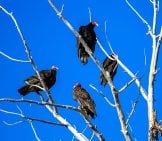


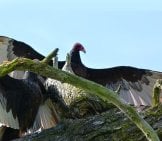
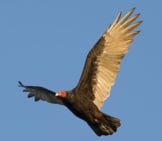
![Red Angus Closeup of a beautiful Red Angus cowPhoto by: U.S. Department of Agriculture [pubic domain]https://creativecommons.org/licenses/by/2.0/](https://animals.net/wp-content/uploads/2020/03/Red-Angus-4-238x178.jpg)












![Red Angus Closeup of a beautiful Red Angus cowPhoto by: U.S. Department of Agriculture [pubic domain]https://creativecommons.org/licenses/by/2.0/](https://animals.net/wp-content/uploads/2020/03/Red-Angus-4-100x75.jpg)

